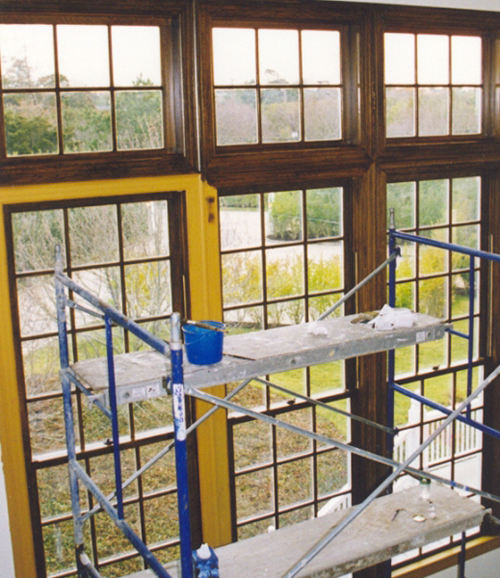When I first learned that it was possible to paint convincing replications of woods and marbles and I saw photographs of these finishes, I really didn’t understand what I was looking at. It was really only when I started learning how to do it myself and I saw the base coat stage of the process that I understood how it was done. This picture shows a window in progress, where you can see the base coat over which the woodgrain paint technique is applied.
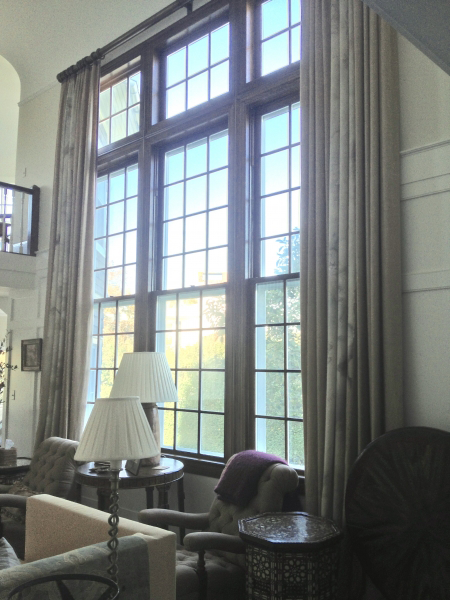
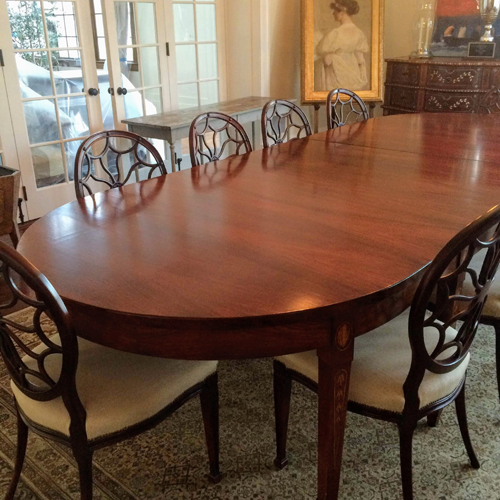
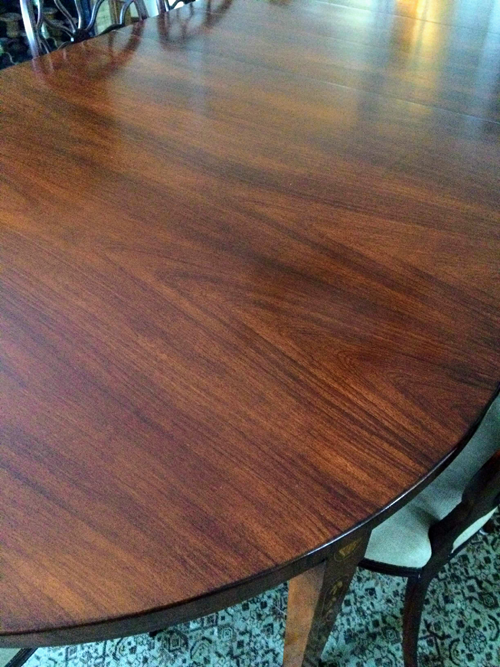
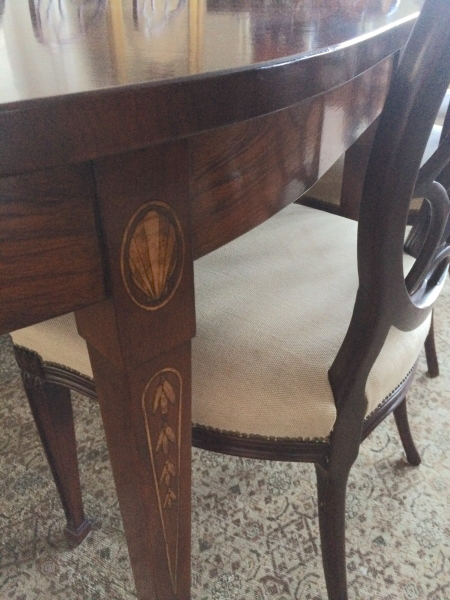
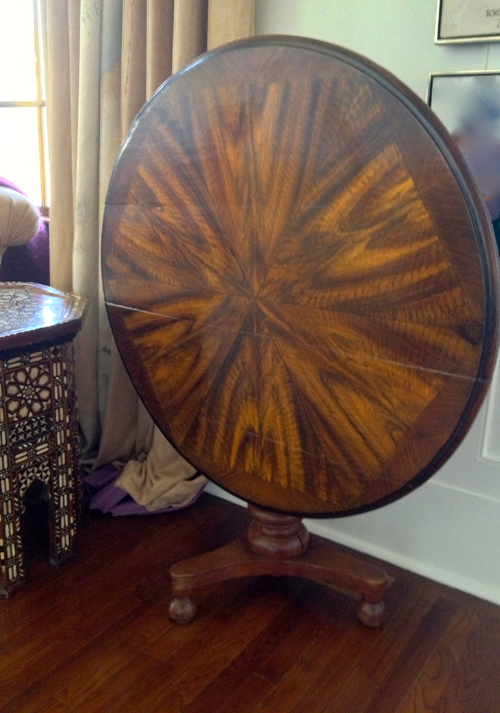
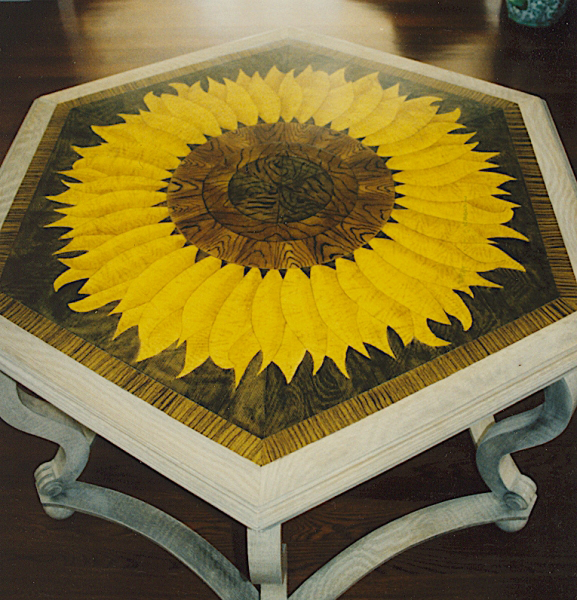
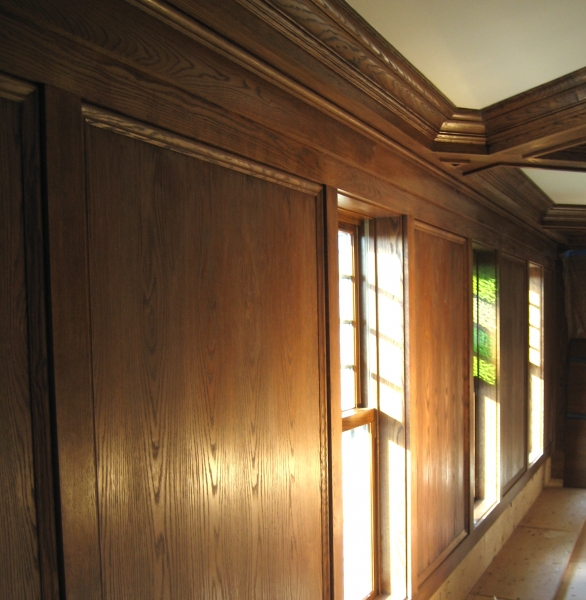
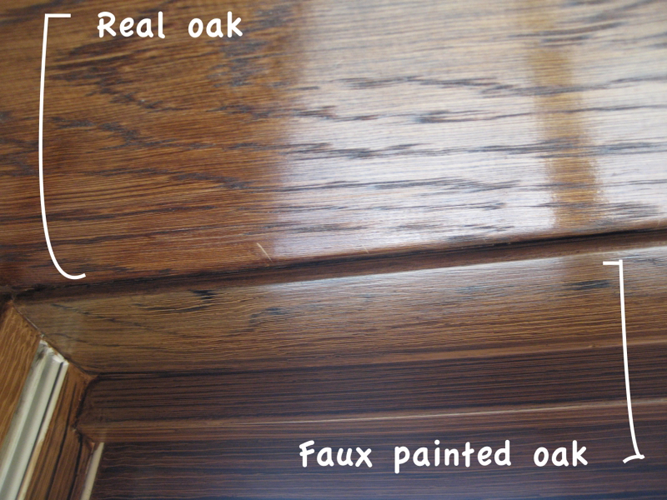
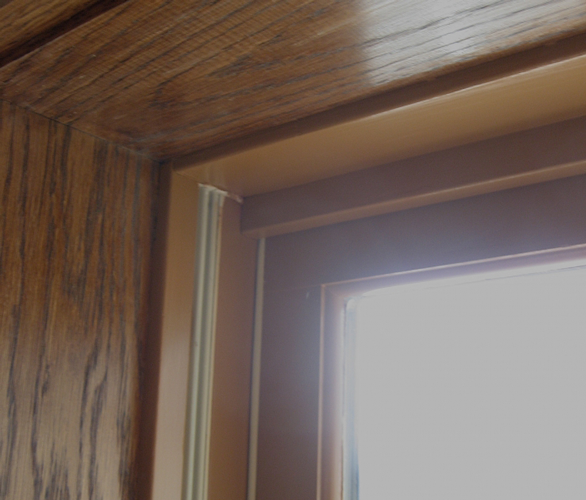
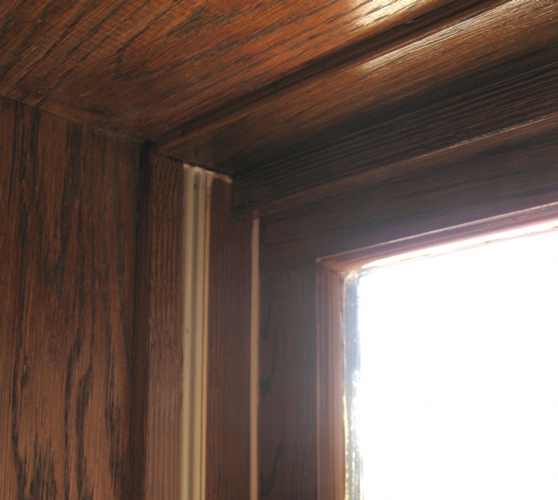
In addition to replacing the metal handrails, the customer wanted to remove the carpet and replace it with a runner leaving the sides of the stairs and risers exposed. There was a lot of glue and many nail holes to be addressed but all repairs were covered by the base coat and I was able to replicate the oak woodgrain so that the new posts and handrails tied in perfectly with the new posts and handrails.
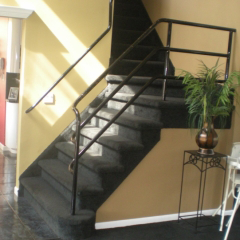
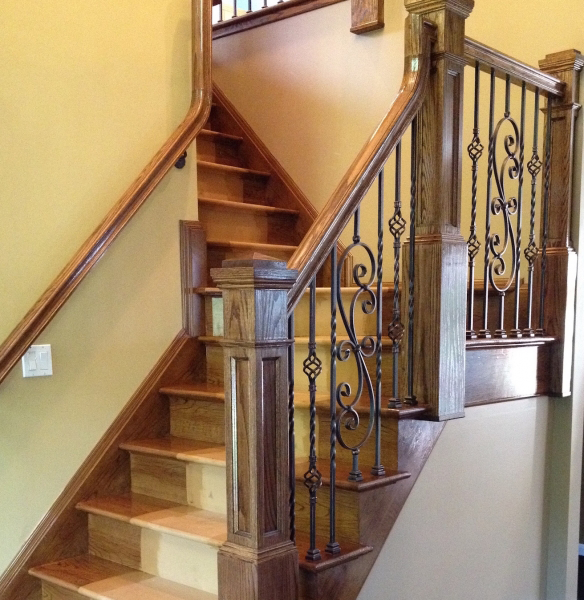
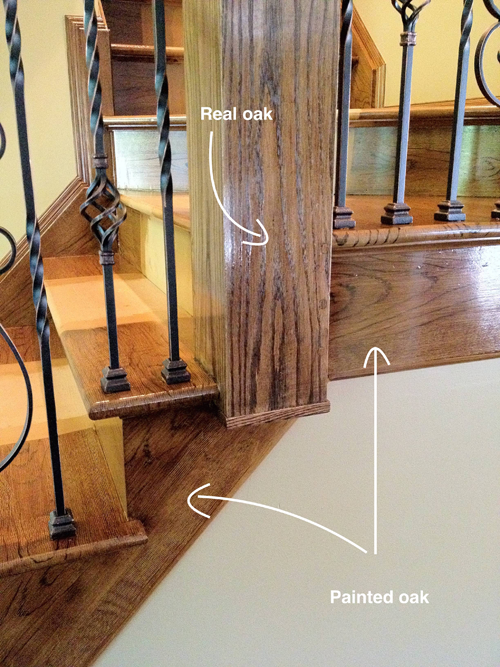
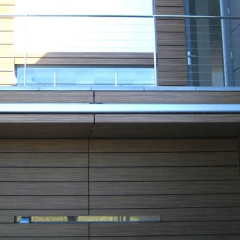
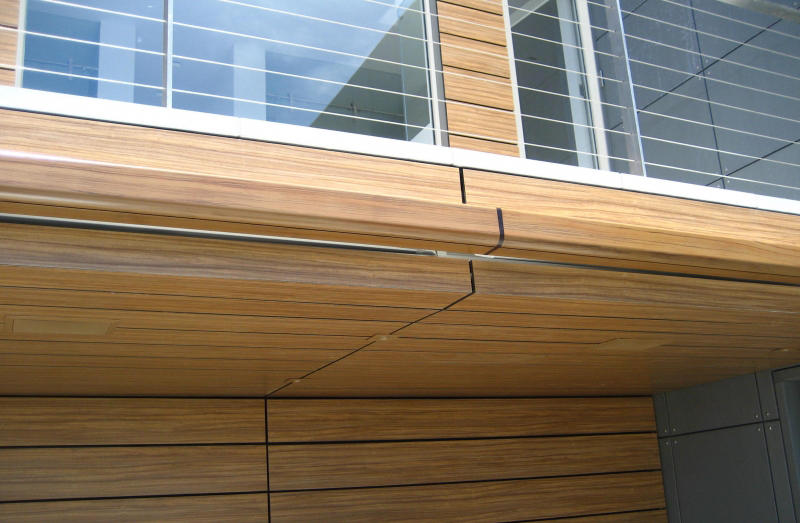
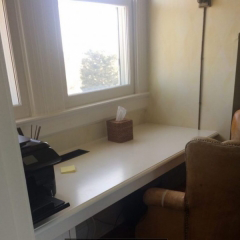
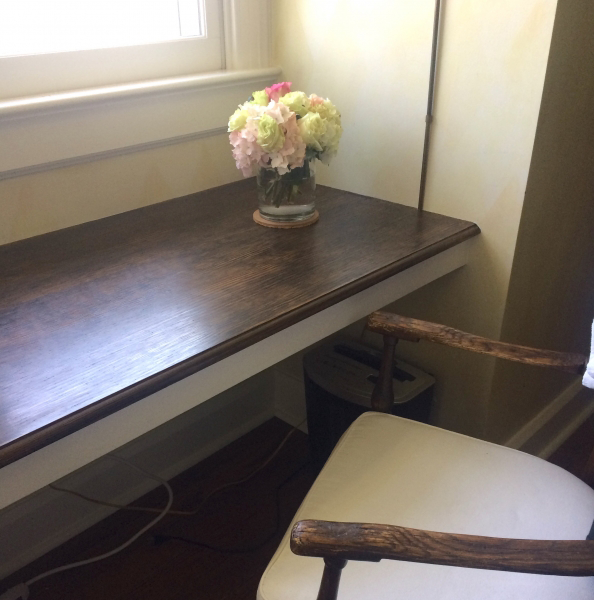
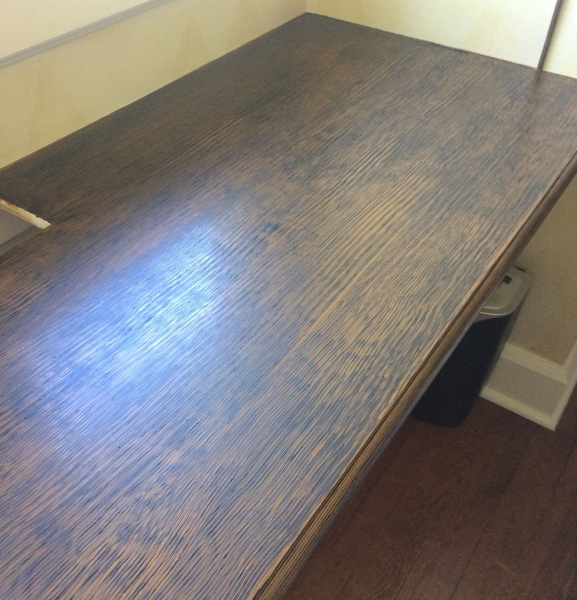
When I first learned that it was possible to paint convincing replications of woods and marbles and I saw photographs of these finishes, I really didn’t understand what I was looking at. It was really only when I started learning how to do it myself and I saw the base coat stage of the process that I understood how it was done. This picture shows a window in progress, where you can see the base coat over which the woodgrain paint technique is applied.










In addition to replacing the metal handrails, the customer wanted to remove the carpet and replace it with a runner leaving the sides of the stairs and risers exposed. There was a lot of glue and many nail holes to be addressed but all repairs were covered by the base coat and I was able to replicate the oak woodgrain so that the new posts and handrails tied in perfectly with the new posts and handrails.










